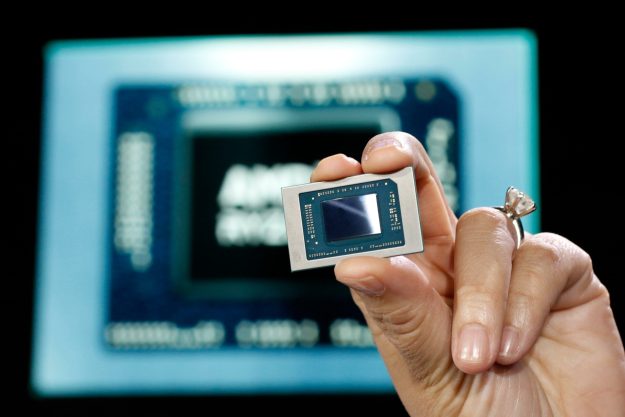WiGig is the terminology that’s being used to refer to the 802.11ad protocol, a new wireless communication technology that’s poised to offer much higher transfer speeds with the compromise of restricted range. However, the Talon also offers support for more widely used protocols, according to a report for Ars Technica.

If you’re attempting to make a connection to the Talon within the limits of its WiGig functionality, you’ll be able to take advantage of the impressive speeds it offers — up to 4600Mbps, at its best. However, if you’re out of that range, the router is designed to default back to its slower protocols.
Given that the functional range of a WiGig connection is just a couple of meters, the Talon is decked out with other features to enhance its position as a router of the future. Four-gigabit Ethernet ports and two USB 3.0 ports allow for a decent amount of wired connectivity, and a network management software suite is also included.
The unusual look of the Talon comes as a result of the eight antennae that are placed on the top of the router, which can be conveniently folded down when not in use. Their purpose is apparently to ensure that your connection speeds won’t drop even if multiple people are accessing the router from the same physical location.
Information regarding the release of the device is scarce at the moment, but TP-Link did confirm that the Talon will launch in early 2016. Nothing more was said about how much consumers will be expected to pay up for the high-end router, but it’s robust feature set suggests that it’ll be accompanied with a steep price tag.
Editors' Recommendations
- TP-Link’s Wi-Fi 6E router comes with motorized antennas for better reception
- TP-Link’s new blazing-fast Wi-Fi 6E routers coming later in 2021
- TP-Link rolls out its first midrange router sporting Wi-Fi 6 software specs
- Amazon is dropping prices on TP-Link Wi-Fi range extenders
- TP-Link’s new routers give you a huge mesh network for just $99


